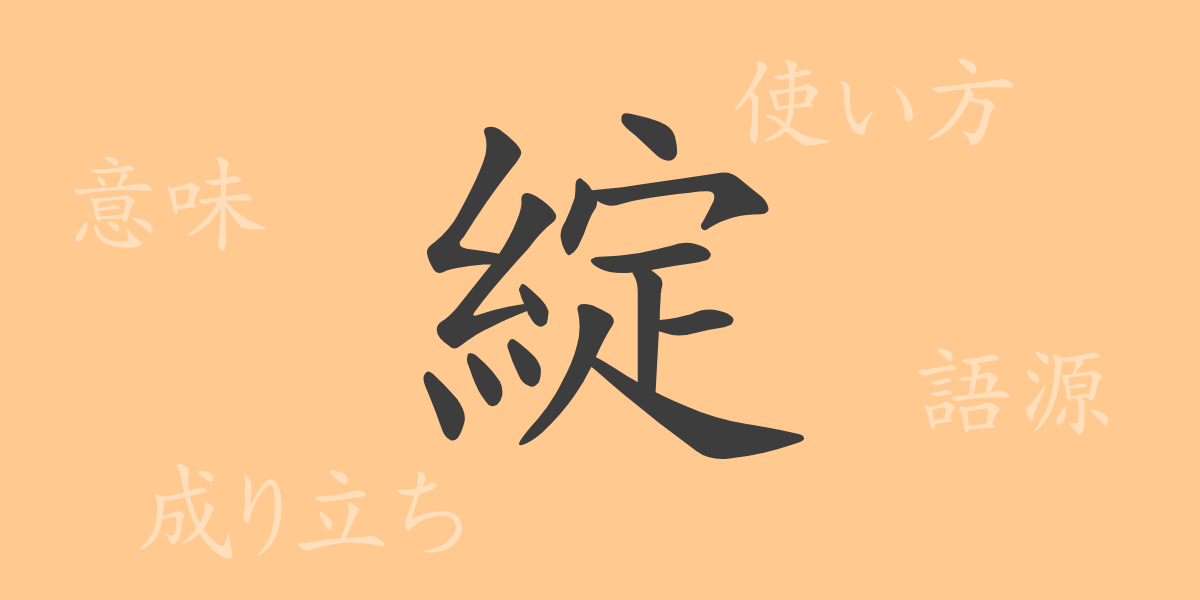The kanji ‘綻’ (たん) (tan) symbolizes the beauty of the Japanese language, embodying subtle emotions and transient beauty. While commonly encountered in daily life, the origins and diverse applications of ‘綻’ are not widely pondered. This article delves into the enchanting world of ‘綻’, exploring its origins, meanings, uses, and the phrases and idioms derived from it. Join us on a journey to unfold the stories embedded in each kanji.
Origins of ‘綻’ (たん) (tan)
The kanji ‘綻’ originated in ancient China, composed of the ‘糸’ (いと) (ito) radical denoting ‘thread’ and ‘定’ (じょう) (jou), which usually signifies ‘fixed’ or ‘certain’. However, in ‘綻’, it illustrates the beginning of threads coming undone or unraveling. This imagery has historically represented the kanji for situations where things start to come apart, symbolizing both physical and metaphorical unraveling.
Meaning and Usage of ‘綻’ (たん) (tan)
‘綻’ primarily describes fabric or thread fraying or coming loose. Metaphorically, it can express a smile blossoming or a situation beginning to improve. Conversely, it can also depict the emergence of problems or fissures within a scenario, using expressions like ‘綻びる’ (ほころびる) (hokorobiru) to indicate something coming apart.
Readings, Stroke Count, and Radical of ‘綻’ (たん) (tan)
Understanding the readings, structure, and stroke count of ‘綻’ is beneficial:
- Readings: On’yomi ‘タン’ (Tan), Kun’yomi ‘ほころびる’ (‘ほころぶ’) (hokorobiru ‘hokorobu’)
- Stroke Count: ‘綻’ consists of 17 strokes.
- Radical: The radical is ‘糸’ or ‘糸偏’ (いとへん) (itohen).
Phrases, Idioms, and Proverbs Using ‘綻’ (たん) (tan) and Their Meanings
There are many idioms and phrases involving ‘綻’, each carrying unique meanings:
- ‘綻びる’ (たんびる) (tanbiru): To come apart physically, or for issues to become apparent.
- ‘綻び’ (たんび) (tanbi): Refers to a fray or a tear, both literally and figuratively.
- These expressions provide rich expressive possibilities in both everyday conversation and literary contexts.
Summary on ‘綻’ (たん) (tan)
The kanji ‘綻’ adds depth to Japanese expressions through its representation of both the physical aspects of fraying and the emotional or situational shifts in life. Its versatility in describing both tangible breaks and transitions in human emotions or circumstances showcases the richness of Japanese nuances. Through this exploration, we hope to enhance your appreciation of ‘綻’ and enrich your linguistic experience.

























